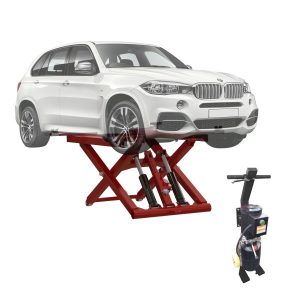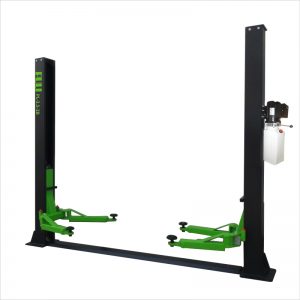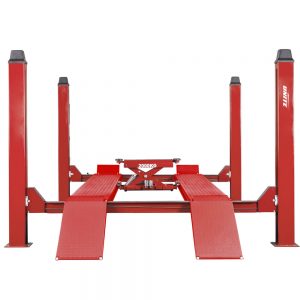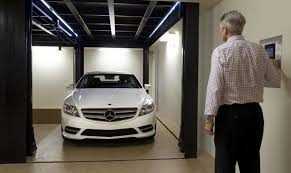When it comes to cars,Many hold a far deeper view of a car as a home away from home, a source of conveyance, even a friend,not everyone has a simple driver-vehicle relationship,Those of us who have that kind of relationship love working on our cars — whether it means popping the hoods or getting under the chassis. The former is a lot easier and safer than the latter, though. We can’t afford any equipment malfunctions or accidents when we’re lifting up our cars to take a peek at what’s underneath. That’s why you might need a car lift for your home garage.

Five things you need to know before you buy and use a home garage car lift
- Why are you considering buying a car lift for your garage? Factors like wanting to park cars on top of one another or wanting easier access to your car’s chassis will ultimately affect what kind of lift you need.
- What kind of car lift do you want? Again, your reasons for buying a lift will point you in a certain direction, but criteria like cost and lifting capacity will also help you decide between a four-post lift, a two-post lift, a scissor lift or a different kind altogether.
- Can your garage floor accommodate a car lift? Check (or have a professional check) to make sure that your garage floor consists of enough solid inches of PSI 3,000 concrete to support your lift of choice. If it doesn’t, you’ll need to have new concrete poured.
- Who is going to install your home garage lift? It’s highly recommended that you have an experienced professional perform the job, as it can be difficult and dangerous. Find an installation expert whom you trust — one with experience installing car lifts.
- Finally, and most importantly, what are the operating instructions associated with your car lift? Make sure to familiarize yourself with all of them in order to minimize the risk of property damage or injury.
How to pick the right car lift for your home garage
All three types of car lifts feature either a flat metal plane or arms onto which you drive and then park your vehicle before it’s lifted. In a four-post lift, four hydraulic posts located at the corners of the planes lift your vehicle up. In a two-post lift, the hydraulic posts are located on either side of the plane or arms. Finally, in a scissor lift, the lifting apparatus is made of crossed bars underneath the planes.
Again, each lift style has its pluses and minuses. Scissor lifts tend to take up the least amount of space, but since the lifting mechanism is directly under where the vehicle rests, you can’t park another car underneath and your access to the chassis is limited. Some two-post lifts may be able to accommodate vehicles underneath in terms of space, but they should not be used to do so. Finally, four-post lifts are sturdiest and can most easily and safely provide an additional parking space, but they are usually the most expensive.

The way that specific lifts are constructed may also eliminate your ability to perform certain tasks. For example, lifts designed specifically for parking often won’t provide access to the car’s chassis, meaning that you won’t be able to use these lifts for car maintenance. Additionally, if voltage is a concern, you may want to opt for a 4 post car lift. most four-post lifts only need a 115-volt power supply for the hydraulic system, while two-post lifts typically need 220 volts of power for their hydraulic pump.

Some customers have questions about the size of the arms that lifts use — namely, are larger arms better? The truth is the size of the arms doesn’t matter — it’s the weight capacity rating that’s important. The lifting arms must be adjustable to accommodate a wide variety of different-sized cars and trucks,
The power generated by the lift will take into account how heavy its own parts are, So, if you have two lifts and both can handle 4.5 tons, for example, just because one has larger lift arms doesn’t mean it can lift less — they can both lift an extra 4.5 tons.

